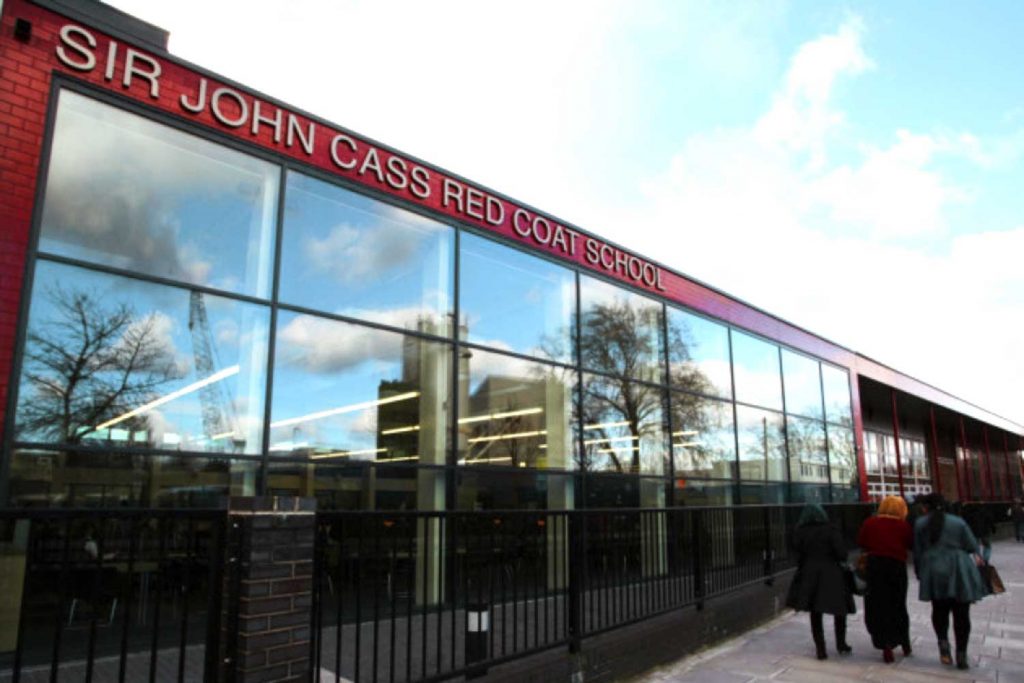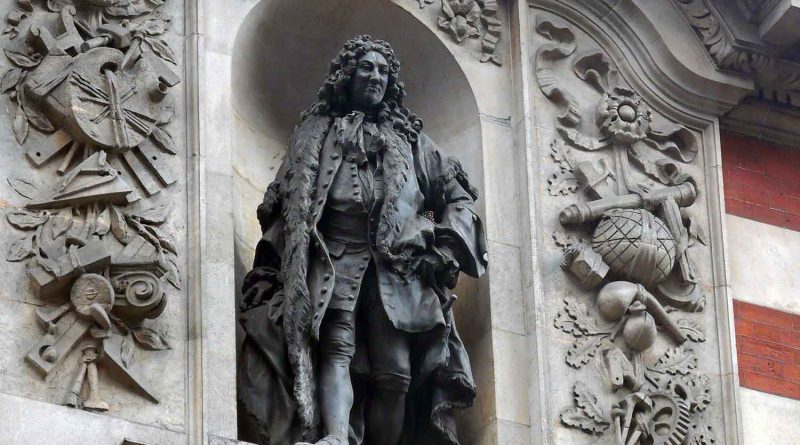William Gladstone and Sir John Cass: statues with links to slavery
Tower Hamlets council is undertaking a review of what historical figures we commemorate in public and how we remember them. Local resident Daisy Snooks explores how we remember two people in particular with links to slavery, Sir John Cass and William Gladstone. She looks at how they came to be commemorated in this area, and ponders whether their names and likeness should be removed from public spaces.
The nationwide conversation about how we remember historical figures linked to slavery, sparked by the toppling of Edward Colston over that Bristol pier, has reached Tower Hamlets.
The council is now reviewing who we commemorate in our public spaces through statues, plaques, dedications or otherwise, and how we should remember them.
With calls across the nation increasing for the removal of statues and the renaming of prominent institutions bearing the name of historical figures involved in the slave trade, are we trying to erase our history? Or does the fact that we are having this national conversation now mean that we are only just becoming aware of our past?
Schools and statues named after people
The statue of William Gladstone and his famous red hands is of particular importance when we consider the layered history of our local area. The statue was commissioned in 1882 by Theodore H. Bryant, co-owner of the Bryant and May Match Factory. Gladstone is the only person to have been Prime Minister on four separate occasions but it is his involvement in the slave trade and his opposition to the abolitionist movement that has put him on Sadiq Khan’s and activists’ lists of London statues under review.
Gladstone used his maiden speech in parliament to argue against the abolition of slavery, supporting his father Sir John Gladstone, who owned plantations in Guyana and Jamaica. Although he expressed regret later in life about his family’s involvement and spoke in favour of gradual abolition with the assurance that there would be financial compensation for loss of income and property. Following the abolition, the Gladstone family received £90,000 in reparations (about £9.5m in today’s money), which was the largest of all compensation payments given by the Slave Compensation Commission.
Gladstone’s link to slavery is not the only controversional aspect of this commemorative sculpture. The statue on Bow Road features rust red hands that, legend has it, were the result of being painted by local people to represent the spilt blood of match factory workers’ whose already meager wages were docked to pay for the statue. Protests have surrounded the statue since its unveiling against Theodore H. Bryant and Gladstone himself.
‘Born in slums, driven to work while still children, undersized because underfed, oppressed because helpless, flung aside as soon as worked out, who cares if they die or go on the streets, provided only that the Bryant and May shareholders get their 23 per cent, and Mr. Theodore Bryant can erect statues and buy parks?’
Activist Annie Besant, in her newspaper The Link
His blood red hand has been a symbol for the oppression of the working class for as long as local people can remember. And the statue itself represents a man who is under scrutiny by activists and local government for his record of upholding the slave trade. Should the statue’s removal be the symbolic next step in the fight against oppression in all forms?
Or are Gladstone’s red hands enough to change the meaning of this statue? Especially considering that his red hand was not part of the original design; their mysterious appearance has come to symbolise this area’s history as a breeding ground for social activism. According to this line of argument, the statue is transformed from a symbol of oppression, to a public indictment of it.
After all, many public areas and institutions in this area honour the many historical figures involved in fighting for justice here.
Rachel Keeling nursery school is named after Rachel Susanna Keeling, a suffragette imprisoned in 1908 who was later a Labour Party councillor for Bethnal Green North East.
The Queen Mary campus has a statue of Clement Atlee, the Post-war Prime Minister, Mayor of Stepney and MP for Limehouse who oversaw the establishment of the NHS and the welfare state. George Lansbury, honoured by a memorial on Bow Road and by Lawrence Lansbury primary school, was a Labour Leader and social activist who campaigned for universal suffrage and workers’ rights.
These are all figures who are remembered for their historical contributions in the fight against inequality.
Another figure with links to slavery that we can find in our public spaces is John Cass. Sir John Cass was a merchant, philanthropist, Member of Parliament and Sheriff of London. He was also a key member of the Court of Assistants of the Royal African Company that was responsible for the shipment of more enslaved Africans to the Americas than any other institution in the history of the Atlantic slave trade.
The educational charity sharing his name is still one of the oldest and largest in London. The John Cass Foundation provides bursaries, scholarships and mentorships for students and works alongside charities such as The Garden Classroom, The Anne Frank Trust, The House of St Barnabas and Samosa Media.
A statue of Sir John Cass stands on Jewry Street in Aldgate and three educational institutions are named after him: Sir John’s Cass Foundation primary school in Aldgate, Sir John Cass Redcoat secondary in Stepney Green and University of East London’s Cass School of Education and Communities.
London Metropolitan University has since decided to remove his name from its school of art, architecture and design. Should the other schools change their name too?
Despite his philanthropy, there is no denying Sir John Cass was one of the key figures in establishing and developing the modern Atlantic slave trade. Should his hands also be painted red like Gladstone’s or should they both be removed? Like Gladstone’s red hand, should institutions that continue to bear his name and statues remain standing, but with more public signage explaining his links to slavery?
The names on our children’s uniform and the statues in our streets say something about our heritage and our views as a community. Are we proud of what ours say about us? The East End has long been a centre for social and radical change. What is the best way to honour this?
Gladstone had blood on his hands, and red paint is not enough to show this. The statue is a monument to William Gladstone and we should listen to calls to pull it down including those made by Annie Besant and the match girls at its unveiling.
The hundreds of students who have benefitted from The John Cass Foundation deserve a new name to be proud of that reflects their own successes. Luckily East London has a rich, diverse culture and history all of its own, so we are spoilt for choice.
Tower Hamlets council’s public consultation of the statues and other public monuments to historical figures will last until 14 July.
This article has been amended to mention that William Gladstone did speak out against slavery, after initially supporting it. Thanks to Robert P for the correction.

If you like this article, you might like to read more about William Gladstone and his red hands.


